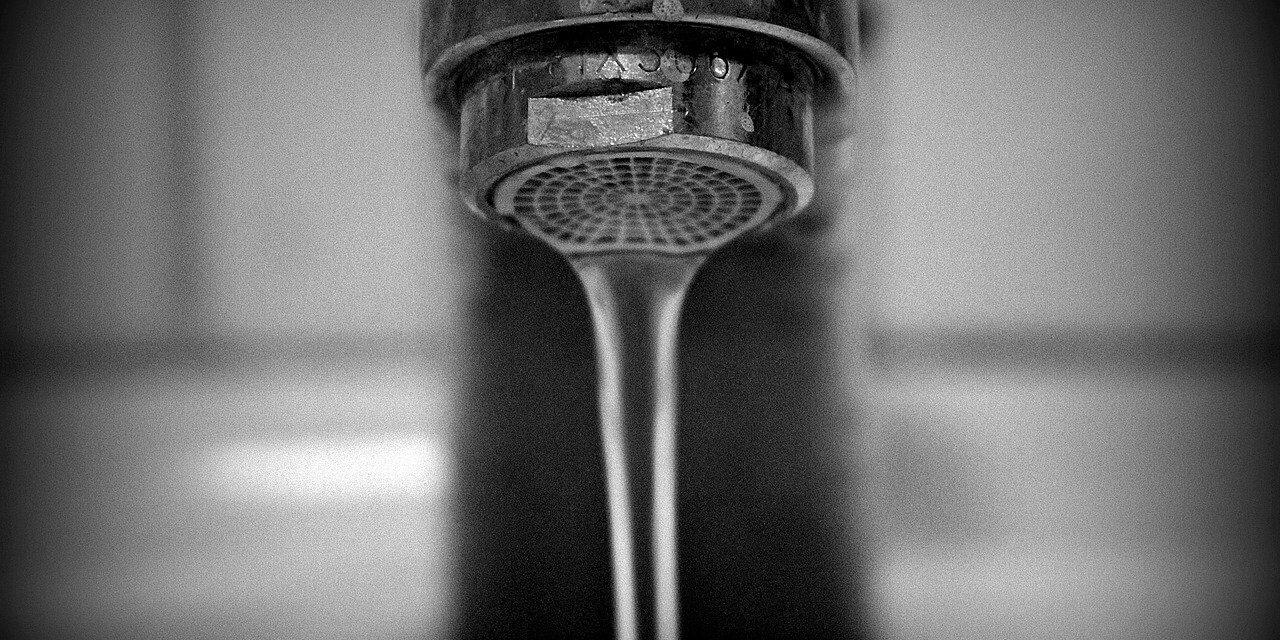If you’ve noticed that your showers are weaker than usual or your faucets aren’t flowing like they used to, it could be a sign of low water pressure. Fortunately, there are several practical steps you can take to fix it — and in many cases, you won’t need to overhaul your plumbing system to see improvements.
Here’s what you need to know if you’re dealing with low water pressure in your Toronto home.
What Causes Low Water Pressure?
Before you can fix low water pressure at home, it is important to get to the bottom of the issue and fully understand what’s causing it.
The most common scenario in which low water pressure occurs is in houses that are over 20 years old. The way in which a house’s age affects its water flow is that the older the house, the more limestone, dirt, and mineral buildup there is in its pipes. In addition, this type of low water pressure is usually found in specific fixtures rather than in the entire house.
Another case of low water pressure happens while using hot water only. If the low water pressure in your house is strictly limited to hot water, your water heater is most likely the culprit.
However, it is possible that a brand new plumbing system suffers from water pressure inconsistencies that affect every faucet in your house instead of a single fixture. This is usually attributed to the following reasons:
- The water meter valve is not fully open
- The pressure regulator is not functioning properly
- A leaking pipe
- The main water supply is inadequate
How to Increase Water Pressure in Your House?
Step 1: Test Your Current Water Pressure
Before making any changes, find out where your water pressure stands. You can:
- Use a water pressure gauge (available at most hardware stores)
- Attach it to an outdoor spigot or laundry tub faucet
- Turn off all other faucets and water-using appliances before testing
- Ideal pressure ranges from 40–60 PSI; anything below 30 PSI is considered low
Step 2: Check for Local or Temporary Issues
Sometimes, the problem isn’t inside your house at all. Consider:
- Nearby construction or water main repairs in Toronto
- City-wide water issues — contact Toronto Water Services to confirm
- Temporary pressure drops during peak usage hours (early mornings, evenings)
Step 3: Inspect Your Main Water Valve
Your water meter valve (usually near the point where the main water line enters your home) must be fully open. A partially closed valve can restrict water flow throughout the entire house.
Tip: The handle should be parallel to the pipe when fully open.
Step 4: Check for Leaks
Even a small leak can drastically reduce water pressure. Here’s how to check:
- Turn off all water fixtures in the house
- Watch your water meter
- If the dial is moving, you may have a leak
Common leak areas: under sinks, behind walls, in basement pipes, or in outdoor hose bibs.
Step 5: Clean or Replace Clogged Fixtures
If only one or two faucets are affected, the issue could be local:
- Unscrew the aerator (screen) at the end of the tap and clean out the sediment
- For shower heads, soak in vinegar overnight to dissolve mineral deposits
- If buildup is severe, it might be time to replace the fixture
Step 6: Inspect Your Hot Water Pressure
If the issue is only with hot water, your water heater may be to blame:
- Check the shutoff valve near your heater
- Flush the tank to remove sediment buildup (especially in older units)
- If it’s over 10 years old, a replacement might be more efficient
Step 7: Consider a Water Pressure Booster
If your home simply doesn’t get enough pressure from the municipal line (common in some Toronto neighborhoods), you may need a water pressure booster pump:
- Installed near your main water line
- Automatically increases pressure throughout the house
- Especially useful in older homes or homes on hills
Step 8: Call a Licensed Toronto Plumber
If you’ve gone through all the above and still have weak water pressure, the problem may be:
- Corroded pipes (common in homes over 20 years old)
- Hidden leaks behind walls
- A malfunctioning pressure regulator
That’s when you need a licensed plumber. At Water Guard Plumbing, we specialize in diagnosing and fixing water pressure issues across Toronto and the GTA. Whether it’s cleaning out blockages, upgrading old pipes, or installing booster systems, we’ve got you covered.
Contact an Expert
Although the average lifespan of pipes is usually quite impressive —reportedly up to 100 years—, you might need to replace a faulty pipe altogether and install a new one when a simple fix doesn’t do. So if you are still unsure about the extent of the damage or unable to determine the root of the problem, it is recommended that you ask for a certified plumber’s opinion on the matter. Contact us at Water Guard Plumbing to solve your low water pressure problems.

